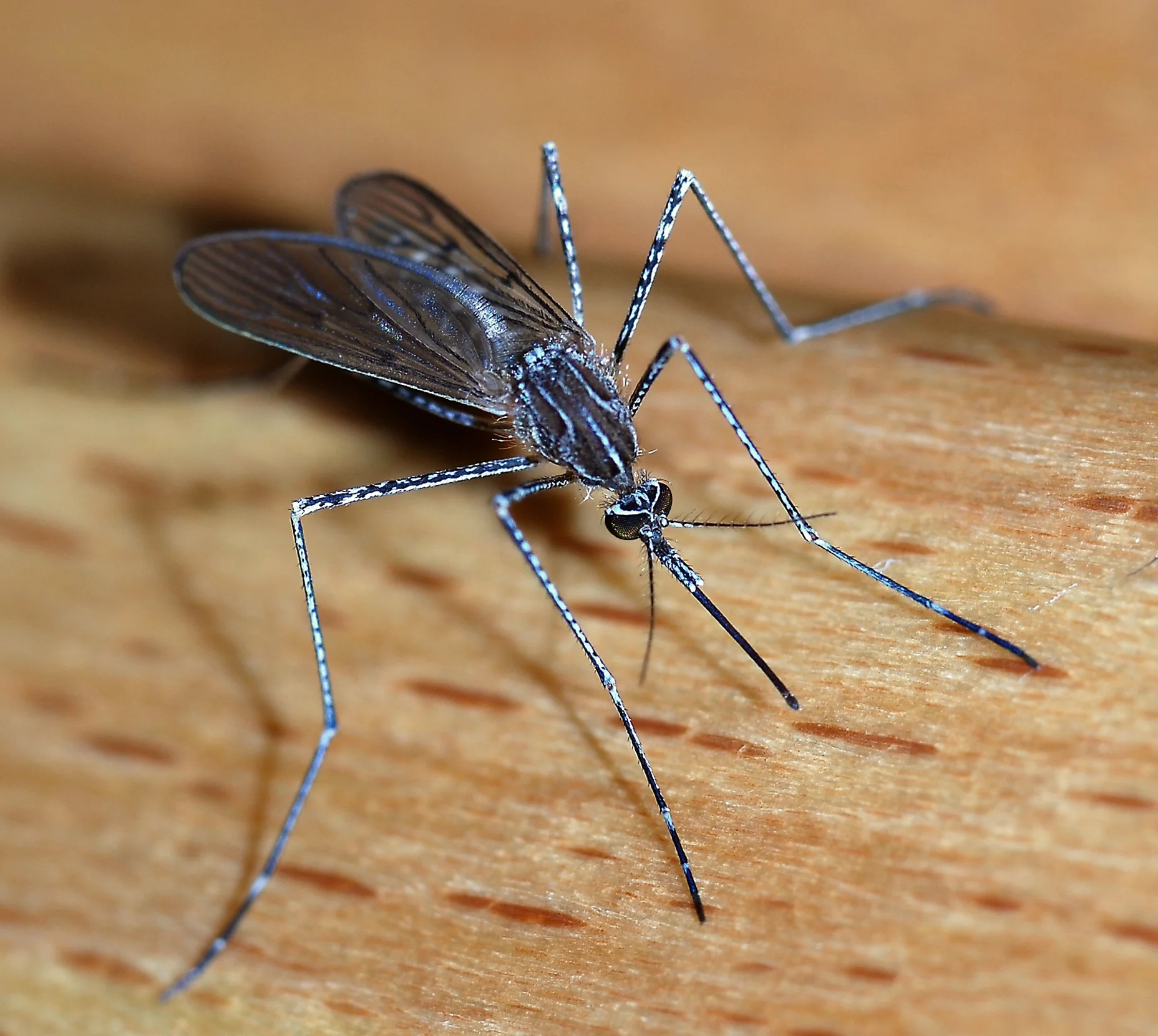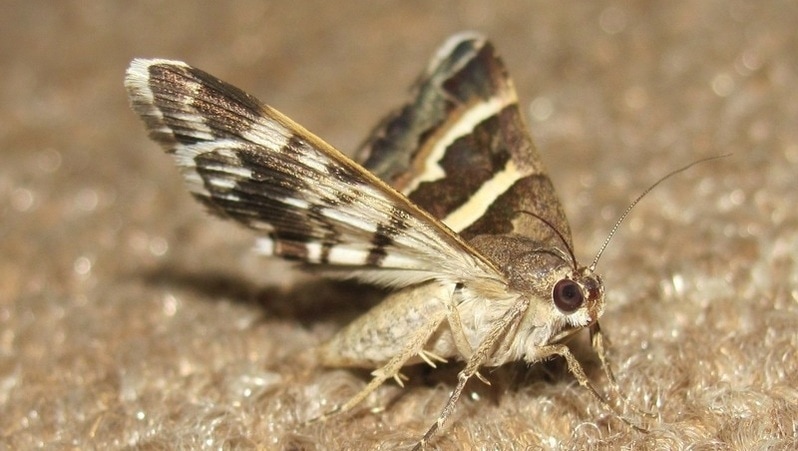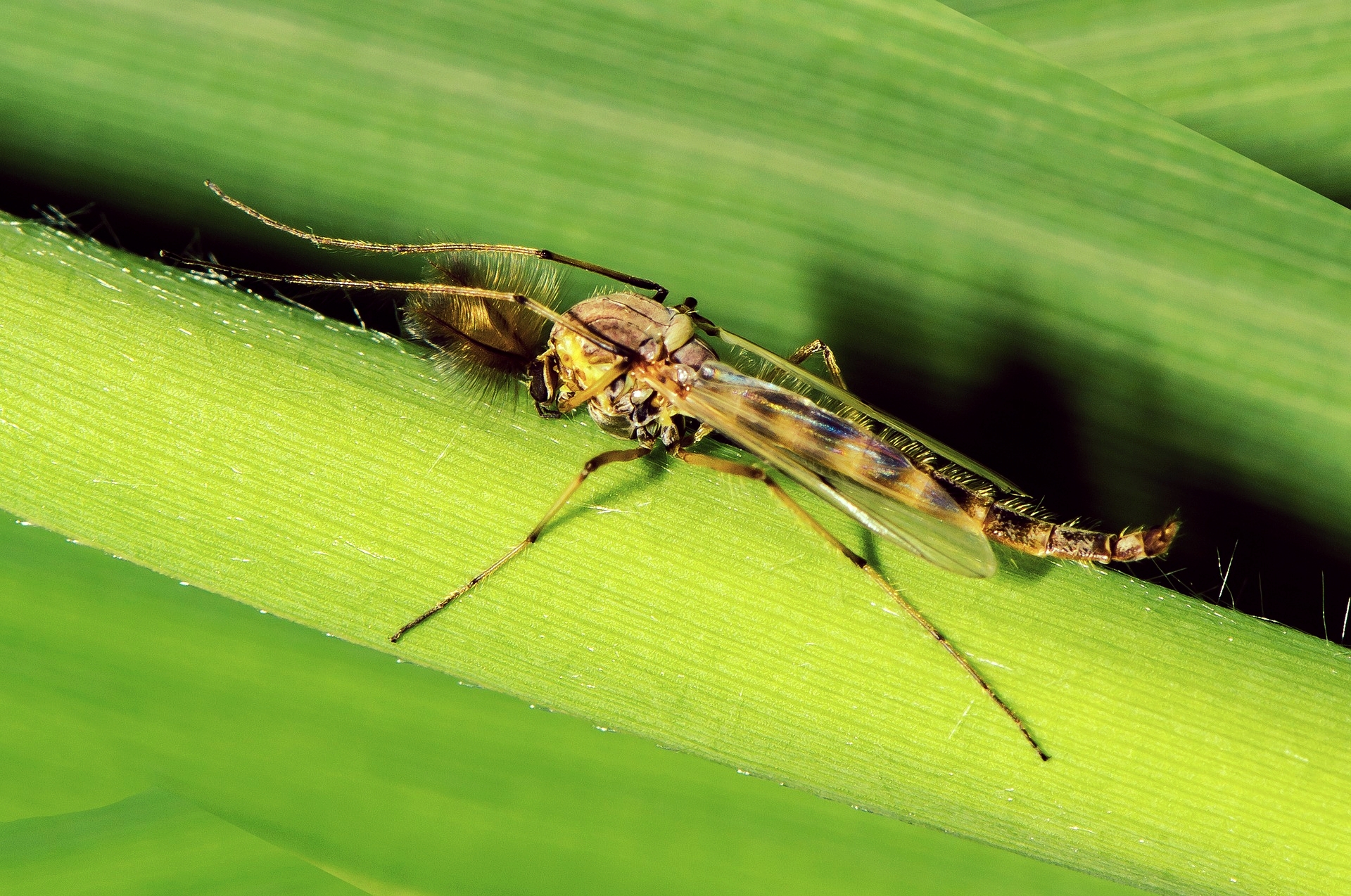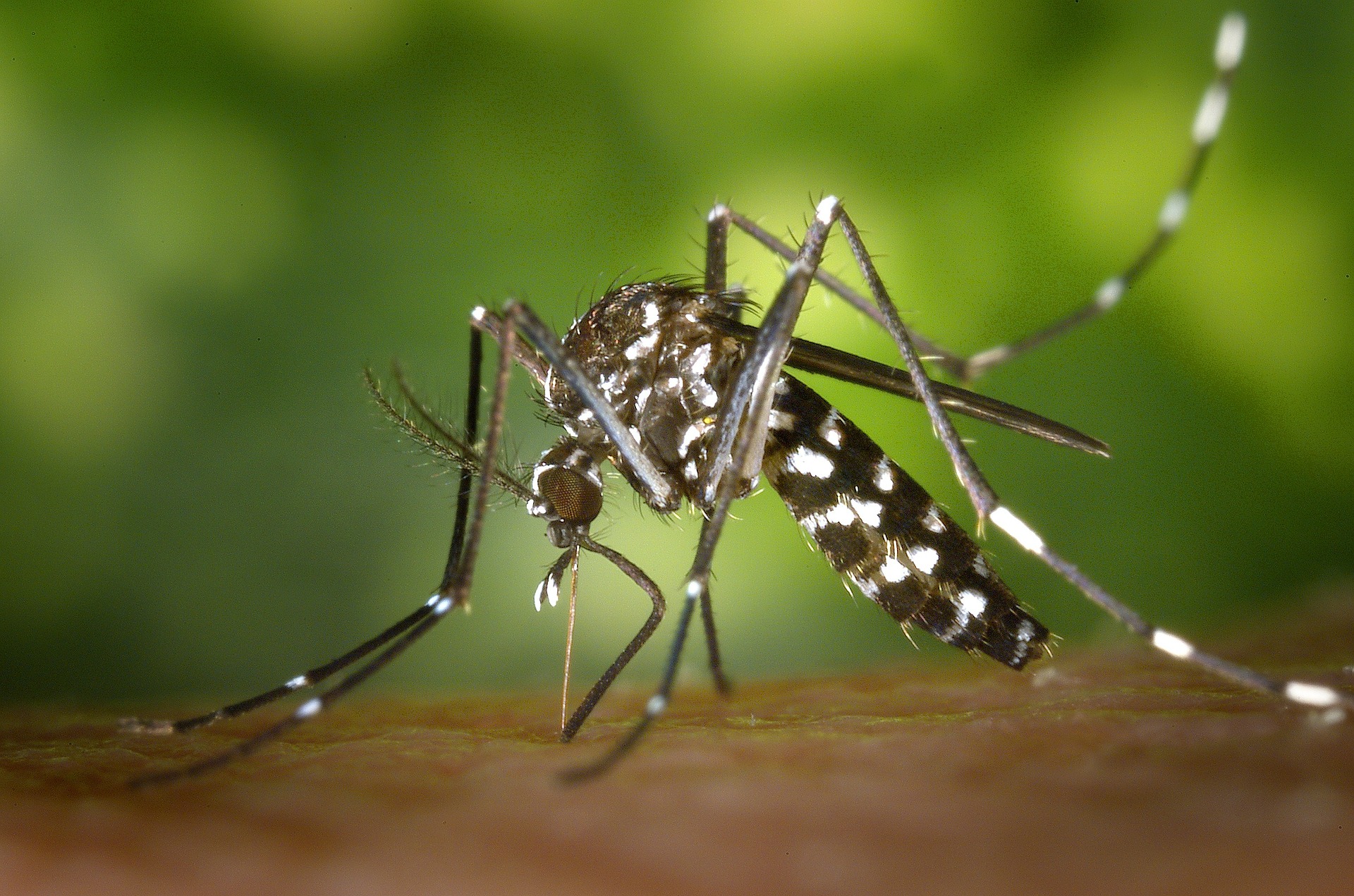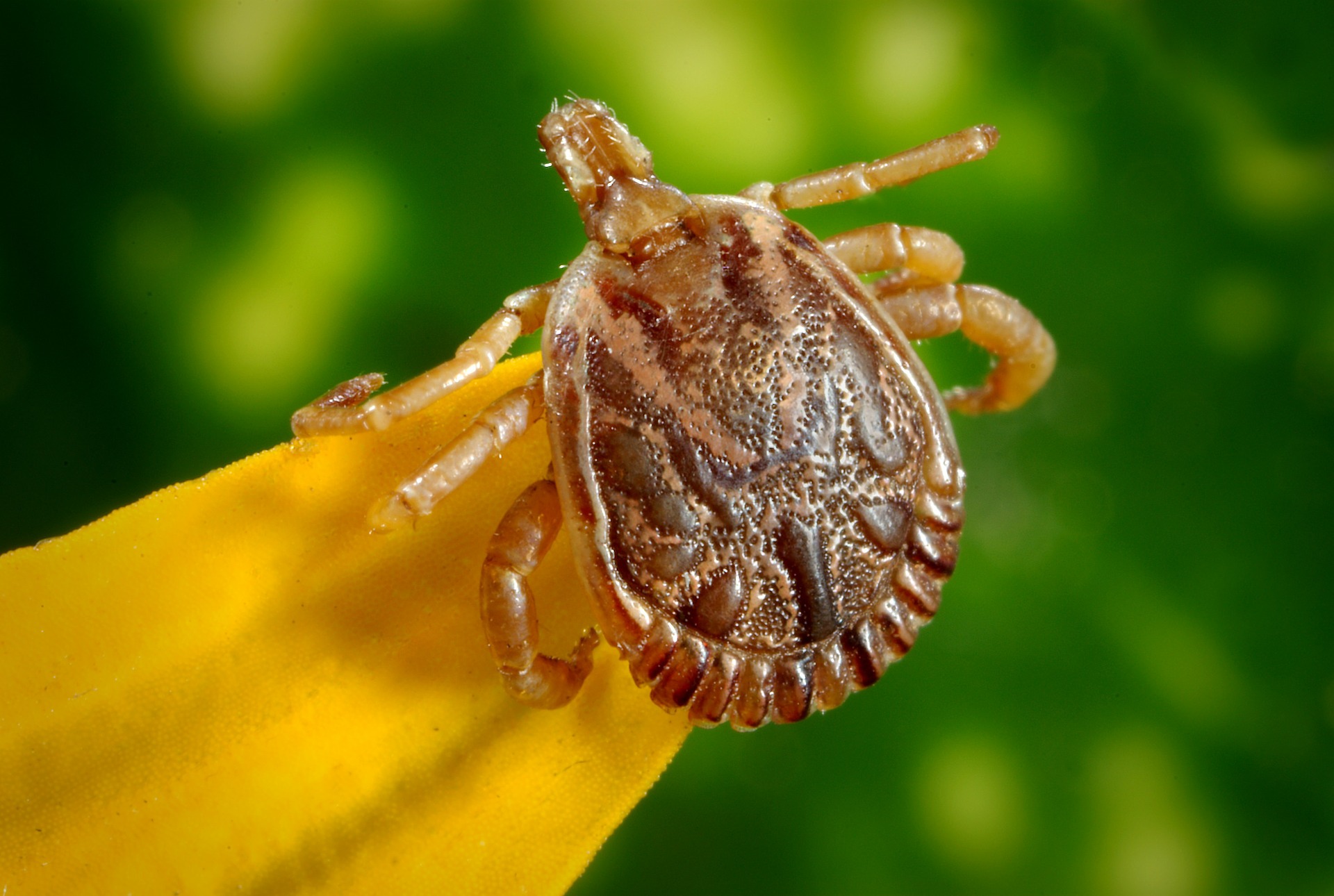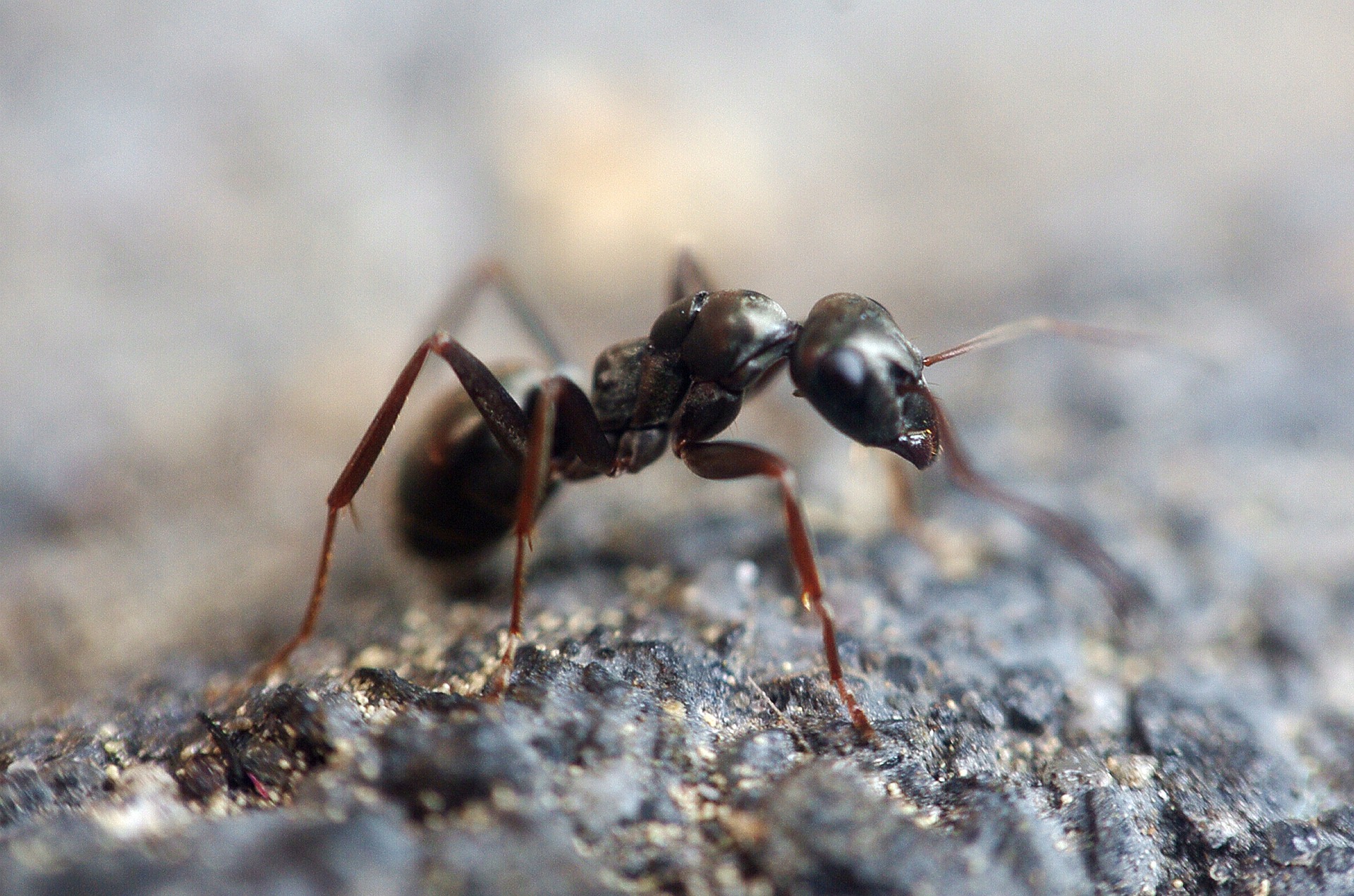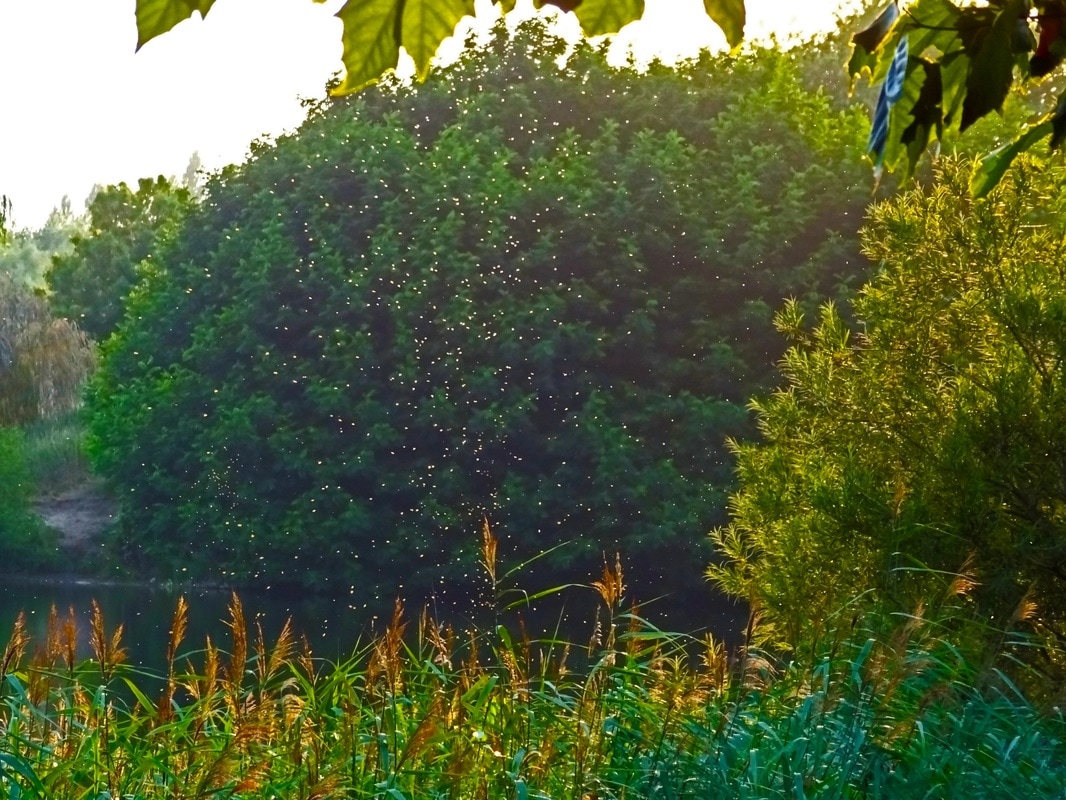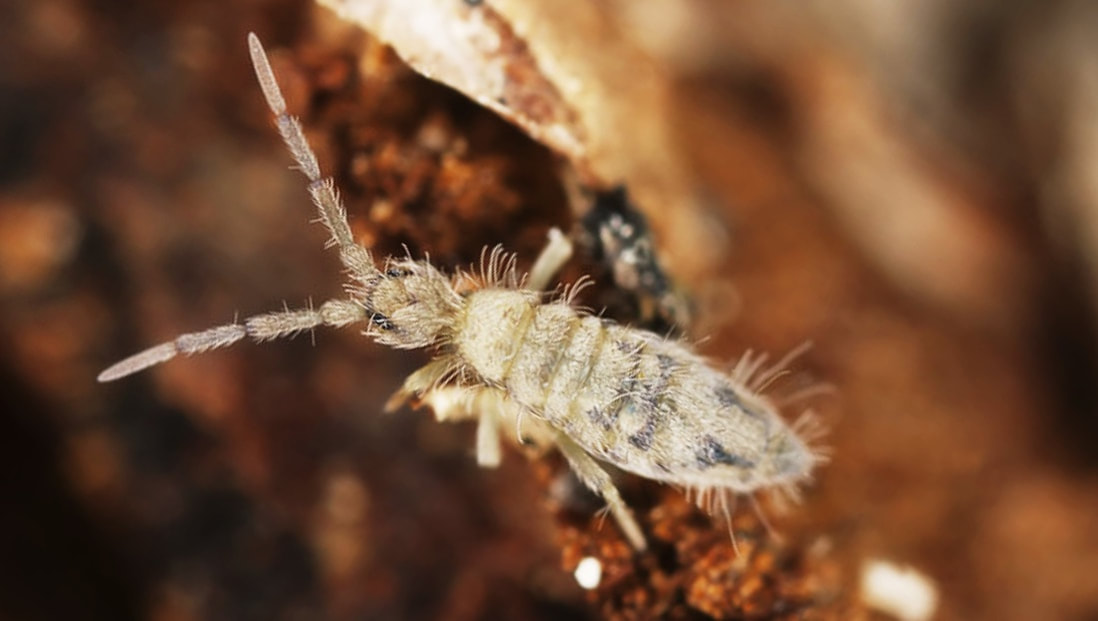Got moths in your closet? Finding your clothes damaged? Ever wonder why it's happening? If you answered yes to these questions then, this post will tell you how to end it all once and for all.
Ever opened up your closet to find tiny holes or cuts in that favorite shirt or sweater? If so, you most likely have clothes moths taking up residence. Obviously, this is a problem but just what can you do to eliminate clothes moths from the closet? First we need to understand the true nature of clothes moths and in this post we are going to educate you about them so you can begin saving your wardrobe.
There are two main types of moths that damage clothing - the webbing clothes, and the casemaking clothes moths.
The most important thing to remember is the adult moths you see flying around do not damage clothing. The larvae do the damage as they feed on natural fibers readily supplied to them in your wardrobe.
Unlike most species of moths being attracted to light, the webbing and casemaking clothes moths prefer the dark. Another reason these tiny moths find refuge in your closet is due to the fact their larvae need keratin to develop, which is a protein found in your skin, hair, and fingernails. This same protein is found in natural fibers derived from animals including silk, leather, feathers, furs and... wool!
The females lay eggs on keratin-rich materials so their larvae have plenty of food to grow. Webbing's moth larvae spin feeding tunnels to travel through as they feed on clothing. The tunnels are usually the same color as the material making up the clothing they feed on. Casemaking moth larvae are named accordingly as they carry with them a tiny case as they feed. Again, this case is typically the same color as the material they eat. Due to the size and color of the tunnels and cases, the larvae of each type of moth is almost impossible to find.
Preventing Clothes Moths
Cedar: Small blocks of cedar wood work mildly to repel clothes moths but do nothing for the larvae. Once the presence of larvae is gone be sure to sand the blocks of cedar every two-three months, or wet the surface to release the aromatic repellent within the wood.
Cleaning: Before stowing away clothing for the summer or winter, wash or dry clean clothes according to the manufacturer to kill any larvae present. Storing clothes in a plastic container helps prevent the spread as well. Another option is to place articles of clothing in plastic bags and freeze for 10 days. This will kill larvae too. A final step in cleaning as a preventive measure is vacuuming all areas, including cracks and crevices, inside your closet.
Storage: To prevent larvae from getting back into clothing, storage containers must be airtight. Airtight storage containers lined with cotton work well for seasonal storage.




